Finca La Princesa
The image that this solitary enclave presents today is far from what it showed in the mid-18th century. At that time the estate had large gardens surrounded by a fertile orchard that reached an area of 154 tahúllas, which is equivalent to about 17 hectares today.
The house is made up of three floors that allowed agricultural functions to be combined with the refined domestic needs of the nobility. The ground floor preserves the floor made of stone slabs. The main floor or noble floor is accessed by an imposing ashlar staircase, with an iron railing decorated with bunches of grapes that accompany a crown.
The second floor was intended for the planting and storage of agricultural crops. The cistern, the drying room and the winery are located in a semi-basement, constituting one of the largest wineries currently preserved in the entire territory of the Huerta de Alicante.
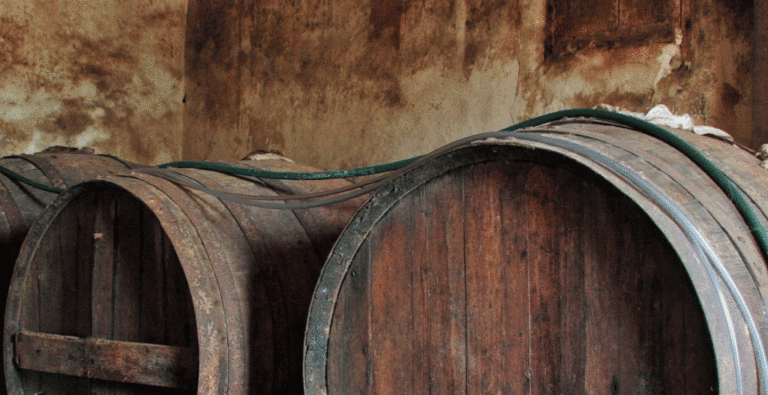
In the estate’s winery, the Varcárcel family dedicated themselves to the cultivation of vines for years, producing the best wine in their cellars, Fondillón, which would later be sold to several countries. Alicante wine barrels from Finca Morote (Orgegia, Alicante)
This is how Die Maculet describes us, its most illustrious owners were Princess Pio of Savoy and Marchioness of Castel Rodrigo, Mrs. Isabel María Pío with her husband Mr. Antonio Valcárcel. They spent long periods here from the mid-18th century until the death of Mr. Antonio in 1790. After the death of the couple, this and other important properties were inherited by their son D. Francisco de Paula Valcárcel, who curiously was not the firstborn.
D. Antonio Valcárcel Pío de Saboya, Prince Pío, Marquis of Castel Rodrigo and Count Lumiares, was the eldest son of the couple, but given the continuous disagreements with the family, he was not the main beneficiary of the legacy, although he did retain his titles and the use and Enjoy The Princess. This episode was the precedent of a lineage often related to family squabbles, inheritance disputes and even a murder, which have led The Princess to its current state of oblivion and decadence. May destiny give us back its fertile days of wine and roses.





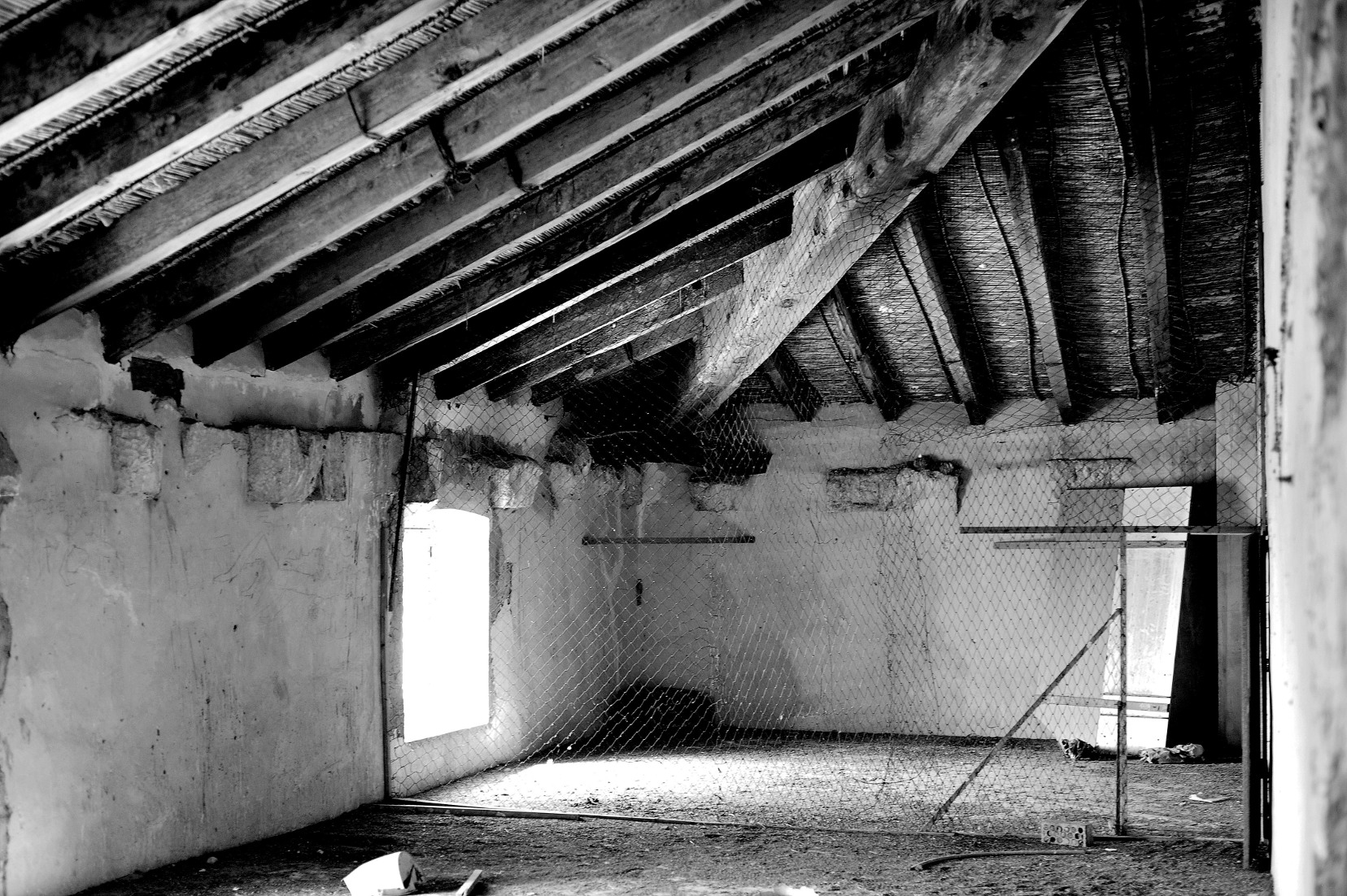


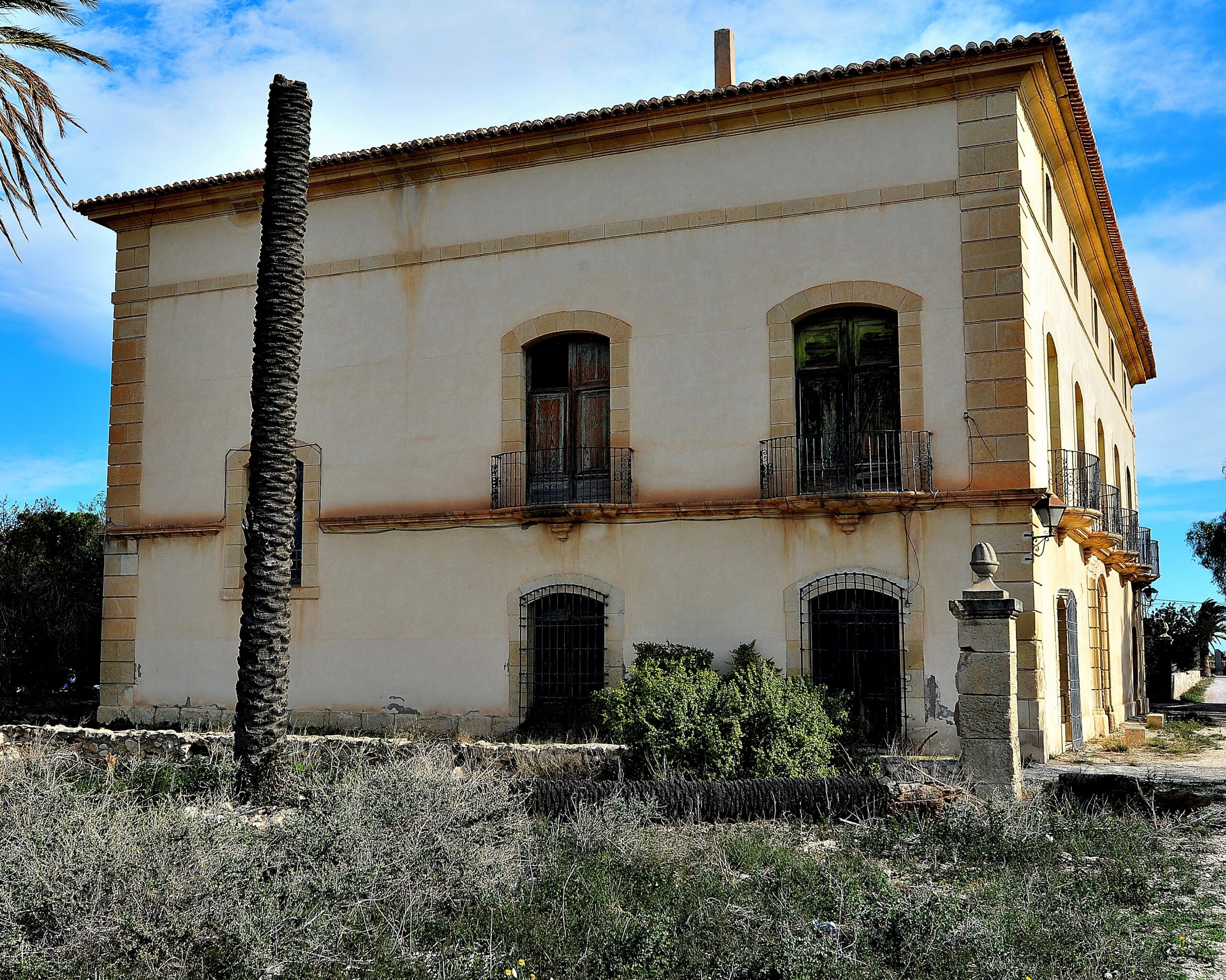



Did you know that...?
Mrs. Isabella María Pio of Savoy and Spinola (1719-1799) She was Dowager Countess of Fuensalida, Grandee of Spain and member of one of the most influential Italian families in the service of the Spanish crown. Mrs. Isabel married for the second time with D. Antonio Valcárcel y Pérez Pastor (1718-1790), Knight of the Order of Santiago and member of a noble family of governors and perpetual aldermen of the castle fortress of Hellín (Albacete), at that time belonging to the Kingdom of Murcia. In 1776 the unexpected death of Prince Pio, D. Gisberto Pío of Savoy, brother of Mrs. Isabel, suddenly made her Princess Pius of Savoy and Marchioness of Castel Rodrigo. The marriage between Mrs. Isabel and D. Antonio would have up to 10 children, of which only four reached adulthood; Antonio, Antonia, Francisco de Paula and Mª Luisa.
D. Antonio Pío Valcárcel de Saboya, Count of Lumiares, in addition to his work as a historian and archaeologist, continued his father’s business linked to the productive and commercial activity of wine until his death in 1808. The Fabraquer wineries were very important in terms of the production of fondillon wine, since in 1791, they contained 54 barrels in 3,075 jugs of wine. Count Lumiares and his wife Mrs. Tomasa Pascual from Pobil and Sannazar, daughter of D. Juan Pascual de Pobil and Rovira would move to La Princesa, renaming the estate El Jardín del Príncipe Pío. After the death of the Count and his sons, the last of whom died in 1812, his daughter Mrs. María Concepción Valcárcel y Pascual de Pobil, widowed Baroness of Benifayó, would claim the estate and all the possessions. This fact caused a schism in the family since another woman would also fight for the inheritance. It was her cousin Mrs. Mª Antonia Roca de Togores y Valcárcel (1790-1870) daughter of Mrs. María Valcárcel Pío de Saboya and Mr. Juan Roca de Togores y Escorcia, Count of Pinohermoso, who was finally the benefactor of the entire inheritance since she was the wife and niece of Mr. Francisco de Paula Valcárcel y Pío de Saboya, direct heir of the possessions of Princess Pio.
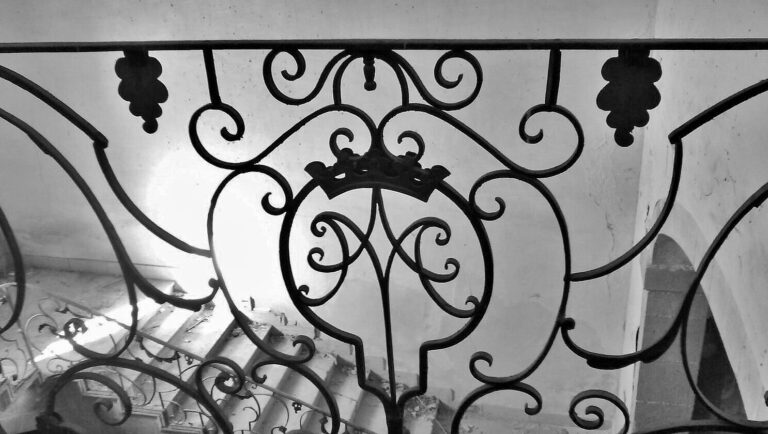
Detail of the staircase of the Finca La Princesa (Sant Joan d’Alacant)
But the fortune of Mrs. Mª Antonia finally ended up cut short, in 1870 she lost her life in the city of Madrid, when she was stabbed in her rooms. The entire inheritance would pass to his nieces, Mrs. Rosa and Mª Luisa Pascual from Bonanza and Roca from Togores who were the daughters of his sister Mrs. María Roca de Togores y Valcárcel married to Mr. Miguel Pasqual de Bonanza y Vergara. After the death of Mrs. Rosa, in 1884, bequeathed her sister Mrs. Mª Luisa who finally, after her death in 1904, passed on the entire testamentary legacy to her twelve nephews, including the La Princesa estate.
From 1905 onwards the hacienda was purchased by Mrs. Emilia Molto, widow of Visaus. During the post-war years, the house served as temporary accommodation for the Italian soldiers of the fascist regime until 1944. Graffiti from that period still exists in the house.
A year later La Princesa was purchased by Mr. José Ramón Mira, owner of the Abril farm, who divided the property into two plots of land. Due to non-payments on the mortgage, the property was put up for sale at public auction up to two times. The first in 1951, for a value of one million five hundred thousand pesetas, and the second auction was a year later, for a value of one million one hundred twenty-five thousand pesetas. At this time the farm had 162 tahúllas for growing carob and almond trees and a pond with the right to irrigate water from the Tibi reservoir.
The farm was purchased by Mr. José Luis Comenge Alonso and his wife Mrs. Eloísa. In 1953 the couple remodeled the house, “installing a High Voltage transformer that allowed irrigation pumping and light supply.” The property was later sold to the developer Mr. Pascual Moreno Giménez, who recently died.
Today La Princesa is unoccupied. In what were the old stables, we find the homes of the landlords. Thanks to the work of this family composed of Mr. Paco Pastor Blasco and Mrs. Carmen Soler Arbona, along with her children, the home is preserved and protected against the vandalism that would be expected in these times when The Princess is abandoned and forgotten.
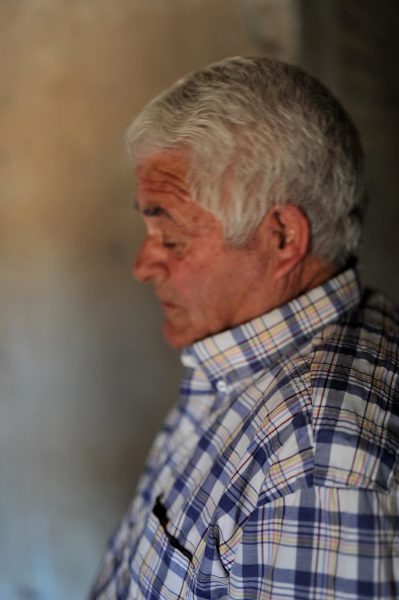
Mr. Paco, landlord of Finca La Princesa
